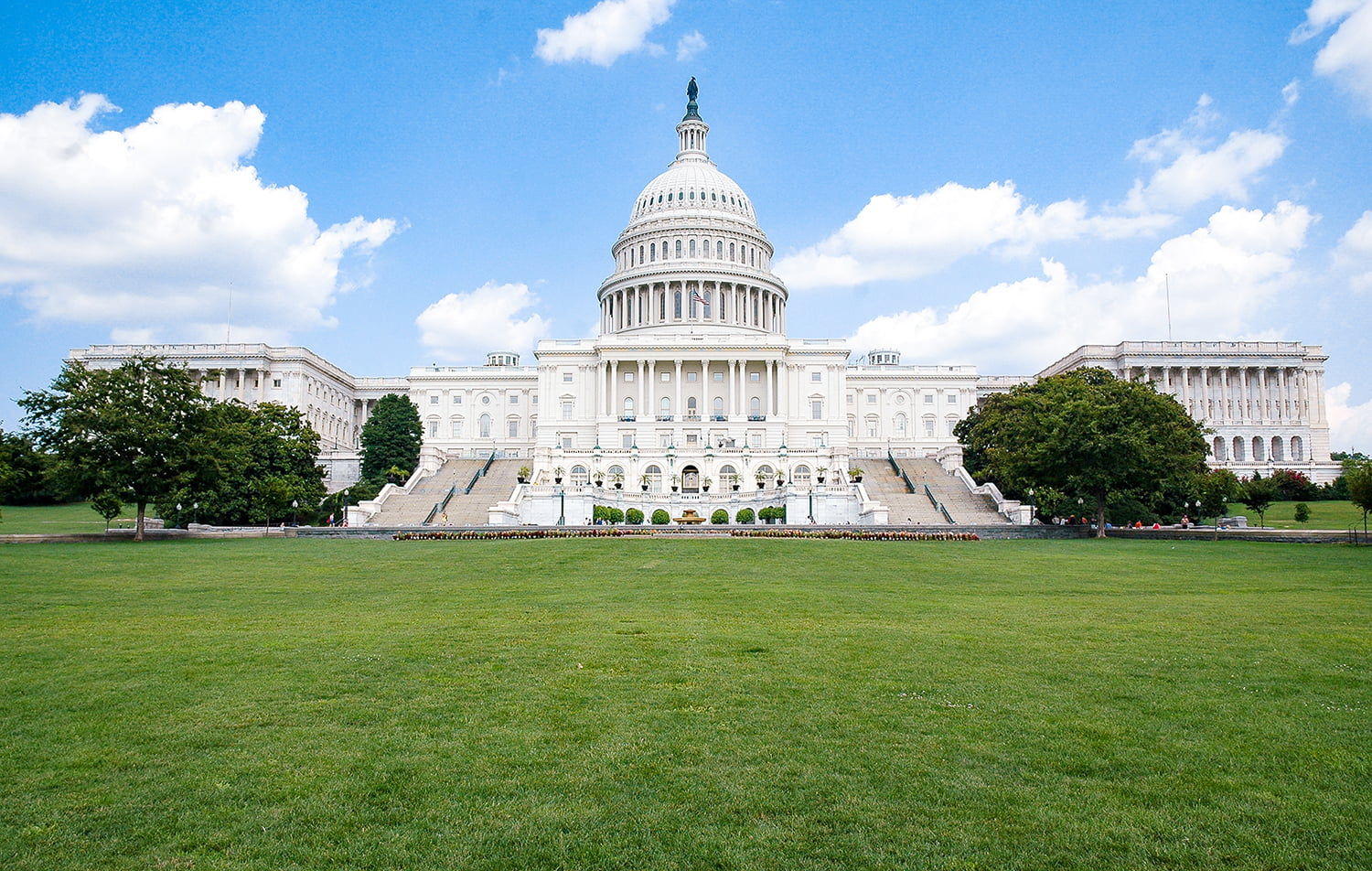
Federal Provisions Enacted to Address the Coverage Gap
SEP
A SEP (“Simplified Employee Pension”), enacted in 1978, allows employers to make tax-deductible contributions to an employee IRA (up to the lesser of 25 percent of salary or $57,000 per year). Unlike most employer-sponsored plans, employees are not eligible to make their own contributions to SEPs. Employers must make the same percentage contribution for all employees in a given year, but are not required to contribute every year. This plan may be attractive for self-employed workers or for small employers that are looking for a plan that is easy to administer.
SIMPLE-IRA
The SIMPLE (“Savings Incentive Match Plan for Employees”)-IRA, enacted in 1996, was designed to be a dramatically simplified 401(k)-type plan, holding assets in an IRA for each employee to spare the employer the responsibility of maintaining the assets in trust and overseeing the investment options. It avoids nondiscrimination testing and standards, lengthy plan documents, summary plan descriptions, and annual reporting to the government. It also eliminates all but a few plan design choices for employers and charges the financial institution that provides the IRAs (the IRA trustee or custodian) with administering the plan. The SIMPLE is available only to employers with 100 or fewer employees and the self-employed, and firms can either match the employees’ contributions or contribute a fixed percentage of their payroll without regard to whether employees contribute.
Payroll Deduction IRA
In 1998-99, the Treasury Department tried to expand coverage by encouraging small employers that were unwilling to sponsor a qualified plan to at least make their payroll system available for employees to save a portion of their own pay in their own IRA. This payroll deduction IRA is not a qualified plan and, generally, is not an ERISA-covered plan, but an arrangement that enables employers to avoid the responsibilities associated with actual plan sponsorship. Because the arrangement was entirely voluntary for employers (and not especially remunerative for the advisors and brokers that sell plans to small employers), take-up since the late 1990s has been de minimis.
Small Business Tax Credit
Employers with 100 or fewer employees may receive a tax credit of $500 to help offset the costs of establishing a retirement plan.
myRA
The myRA was a Roth IRA administered by the Treasury from 2014-2017. It was designed as a simple “starter” account that could never diminish in value (through a safe U.S. bond option) and involved no investment, maintenance, or other administrative fees. MyRAs were available on a voluntary basis to individuals directly or through their employers. Employers were not required to be involved in any way. Employers that wished to facilitate saving in the myRA accounts could offer to make payroll deductions for any employee who chose to participate. Because the myRA was designed not to replace diversified investments but only to “prime the pump,” myRAs whose account balance reached $15,000 were to be rolled over into private Roth IRAs. Even though the President touted it in a State of the Union address, take-up of the myRA option by employers and individuals was very limited. At the same time, though, contractual and operational arrangements were being put in place at the request of the Oregon, Illinois, and California state auto-IRA programs to make it available on a large scale. However, soon after taking office in early 2017, the Trump Administration canceled the program, consistent with its opposition to the state auto-IRAs.
“Open” MEP
A MEP (“Multiple Employer Plan”), which can be either a defined benefit or defined contribution plan, is administered by a sponsor on behalf of multiple employers as opposed to the traditional single employer plan sponsor. These employers can be related to one another via mission or interest as in a “closed” MEP, geographically connected as in an “association retirement plan,” or completely unrelated as in an “open” MEP. (This latter provision was added through the SECURE Act, effective January 2020, for defined contribution plans.) Regular defined contribution or defined benefit plan rules apply, and most open MEPs are expected to be 401(k) plans. MEPs offer employers cost savings through economies of scale and reduced employer responsibilities. Responsibilities are reduced through expanded delegation of most of the participating employers’ fiduciary, investment selection, and administrative responsibilities to professional recordkeeping and administrative firms, and asset managers. Under the SECURE Act, a MEP also shields individual employers participating in the plan from noncompliance on the part of other participating employers (revoking what was known as the “one bad apple” provision). While open MEPs are intended to encourage smaller employers to offer coverage, they are expected to be used primarily by sponsors of existing plans – in many cases larger employers – seeking to delegate more responsibilities.
Starter 401(k)
A Starter 401(k) is a simplified 401(k) (or 403(b)) plan available to employers with no current retirement plan. It generally requires workers to be automatically enrolled at a 3 to 15 percent deferral rate, with the limit on annual deferrals identical to the IRA contribution limit. This plan does not require employer contributions and has fewer administrative requirements than a standard defined contribution plan. This Starter 401(k) provision, enacted in December 2022 as part of the SECURE 2.0 Act, is effective for plan years beginning after December 31, 2023.




